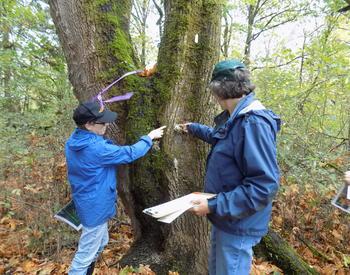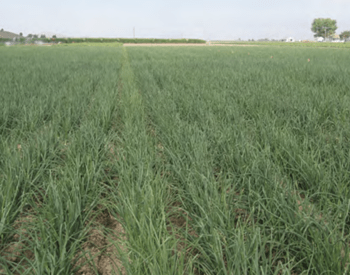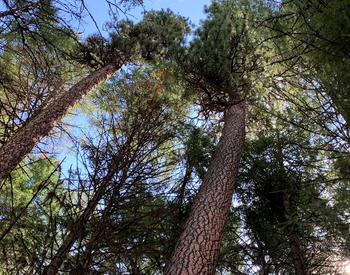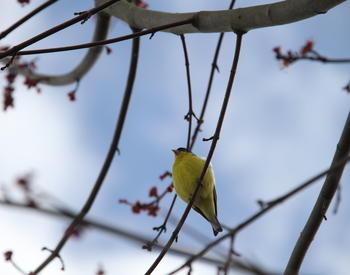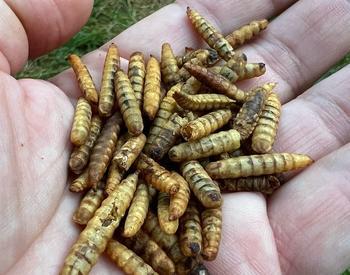Are you one of the many people noticing continued signs of drought on trees? Drought impacts are complex — drought-stressed trees become susceptible to insects and diseases that are naturally present (typically at low levels) in our woodlands. Take these four steps to identify what factors might be impacting tree health.
First, identify the tree species
Most insects and diseases have specific hosts. For example, if you see a dead Port-Orford-cedar, then Port-Orford-cedar root disease might be the culprit.
Second, look at the immediate environment
- Is the tree on the edge of a dry pasture?
- On the edge of a road cut?
- Has the ground around it been compacted by equipment?
- Has the tree been damaged?
- Is it located in an area that is typically moist but is now drier than usual?
- Is it a single tree, scattered trees or a clump of trees showing the same symptoms?
Third, take a look at the tree itself
Do you see boring dust on the bark? Boring dust can be a sign of bark beetles and wood borers. If the tree is already dead, then go ahead and remove some bark (not recommended for a living tree as tree wounding can attract insects and cause decay). Check for discoloration or insect galleries.
If the tree has been cut down, check under the bark along the length of the tree. Some insects only attack the upper portions of a tree. Take note of the size and configuration of any insect galleries. Sometimes you will even find an insect! Don’t forget to take a look at the roots. Does it look like the roots have rotten off? Wind-thrown trees can be a sign of root rot.
Fourth, take clear photos
Then reach out to your OSU Extension county office to talk with the local forester and include your general location, with as much information as you can gather from the first three steps. They will be happy to help you.
Here are some great references:
- Oregon Department of Forestry Fact Sheets
- Managing Insects and Diseases of Oregon Conifers by Shaw, Oester and Filip
